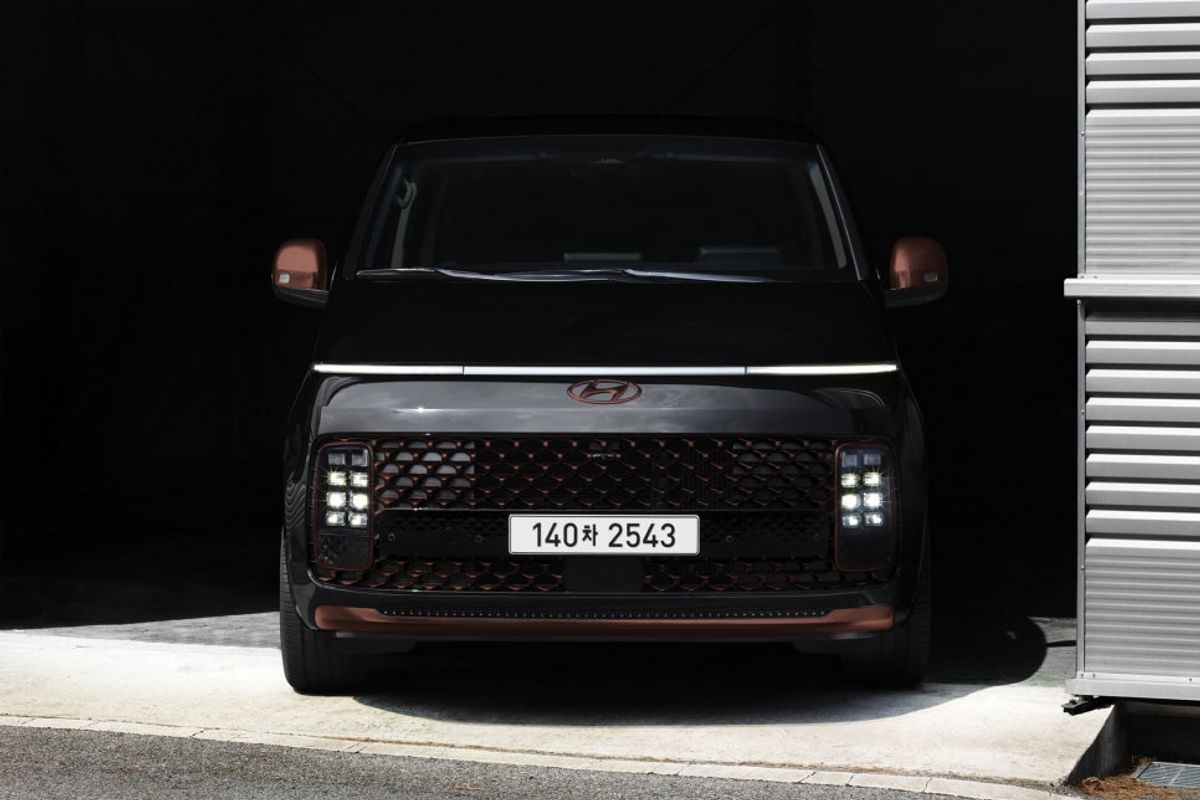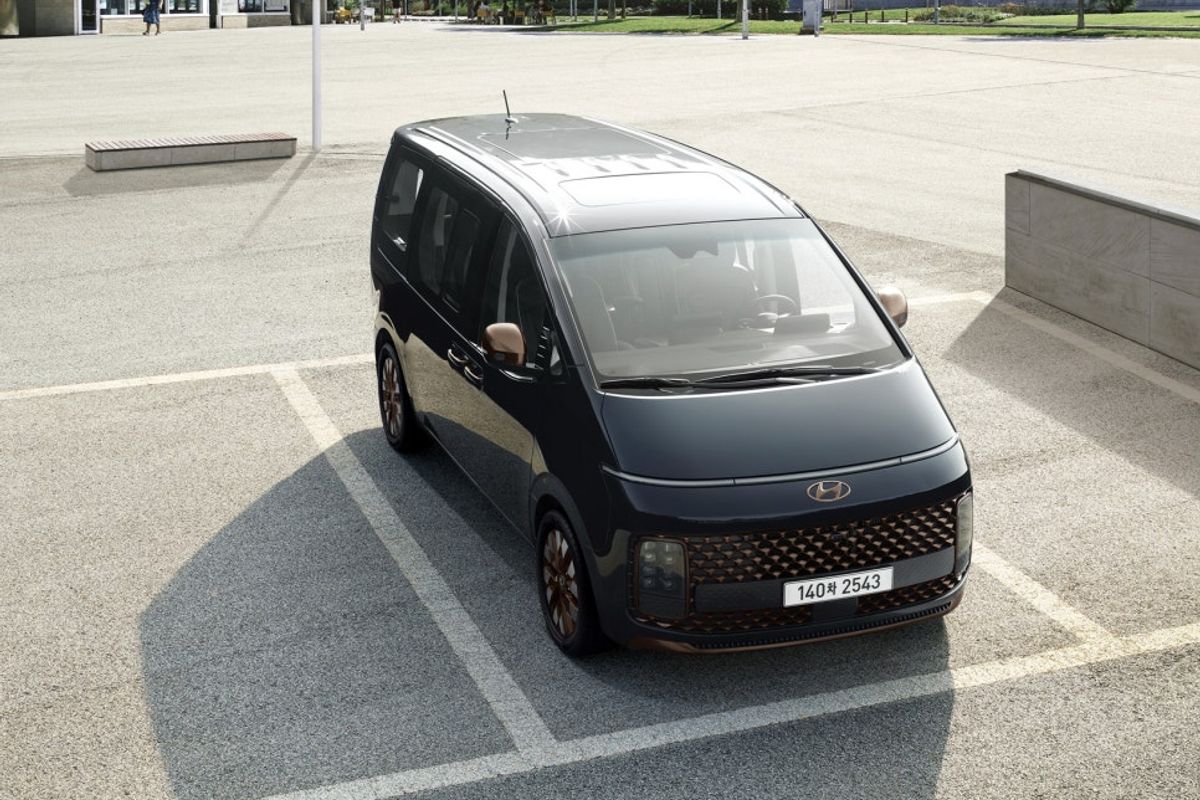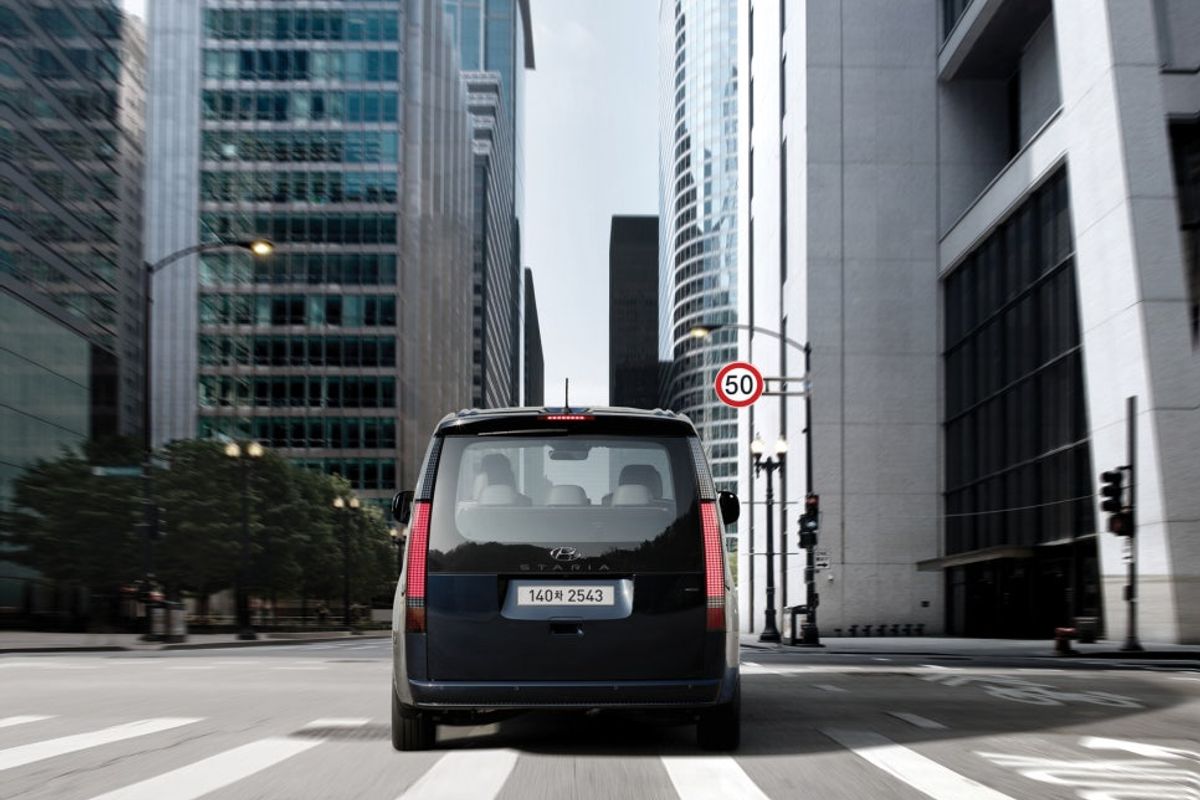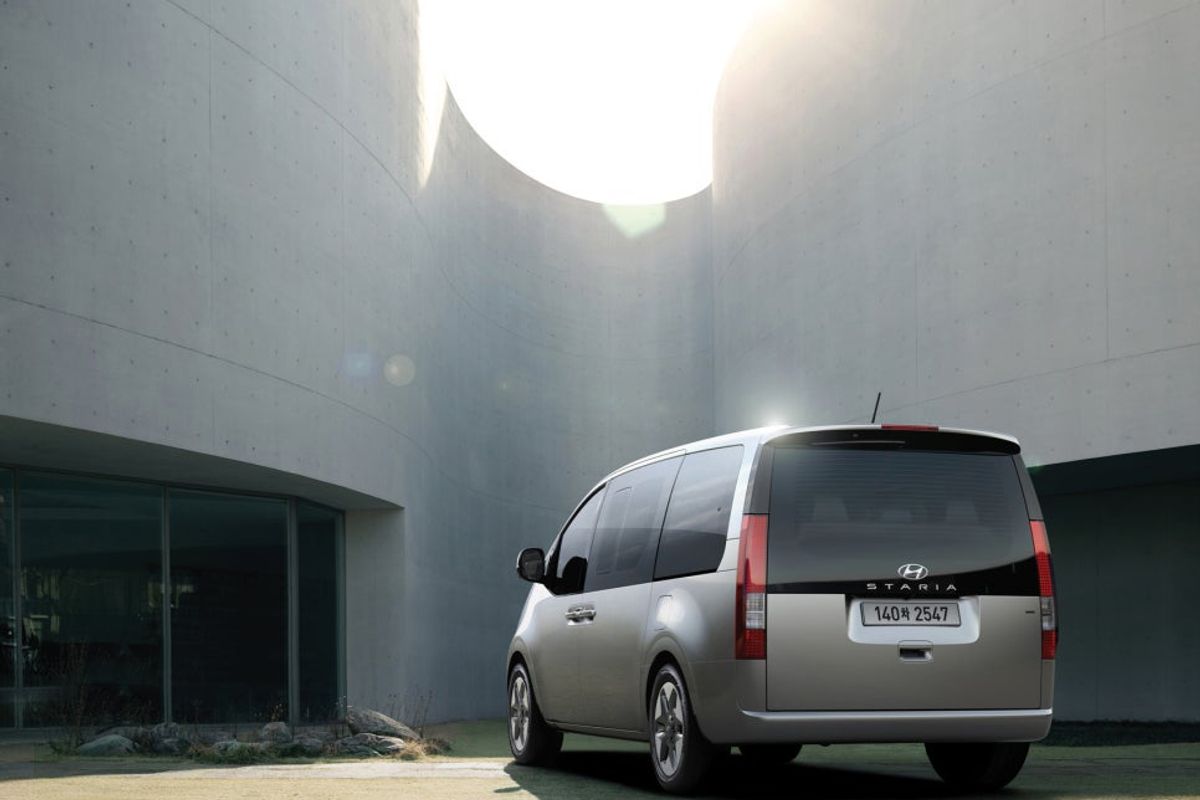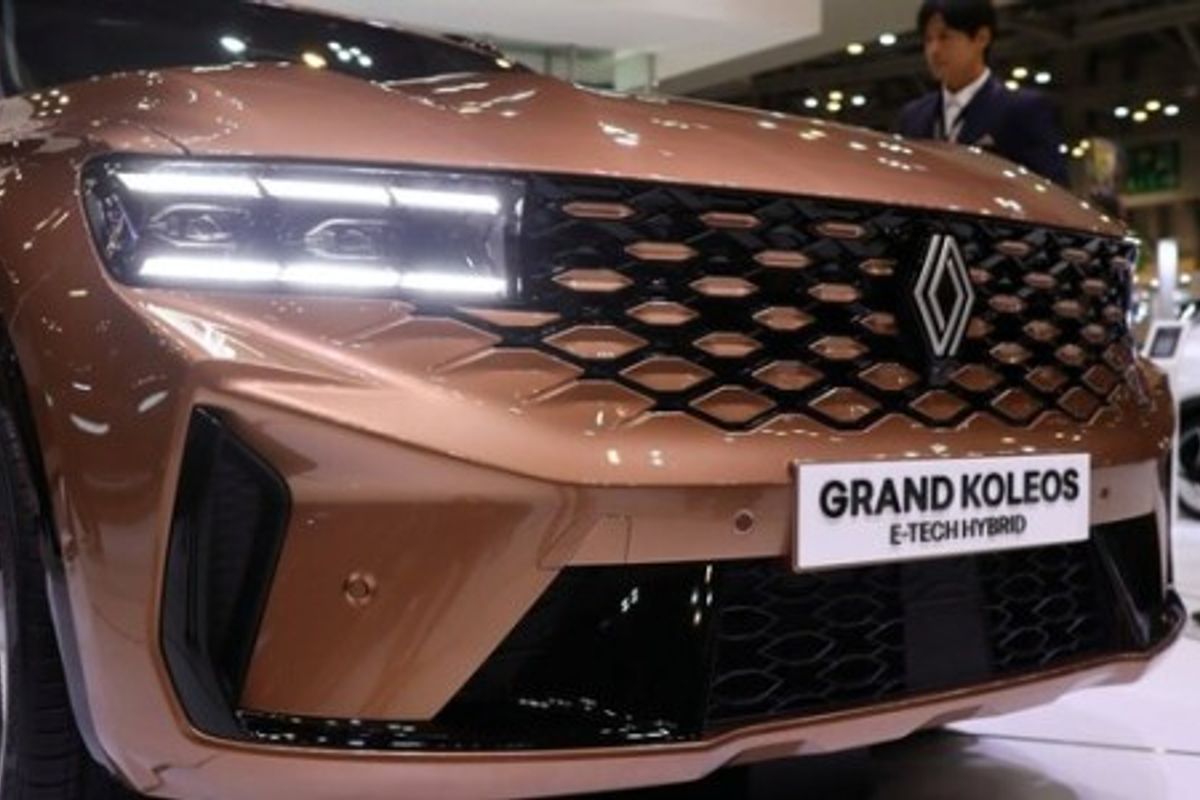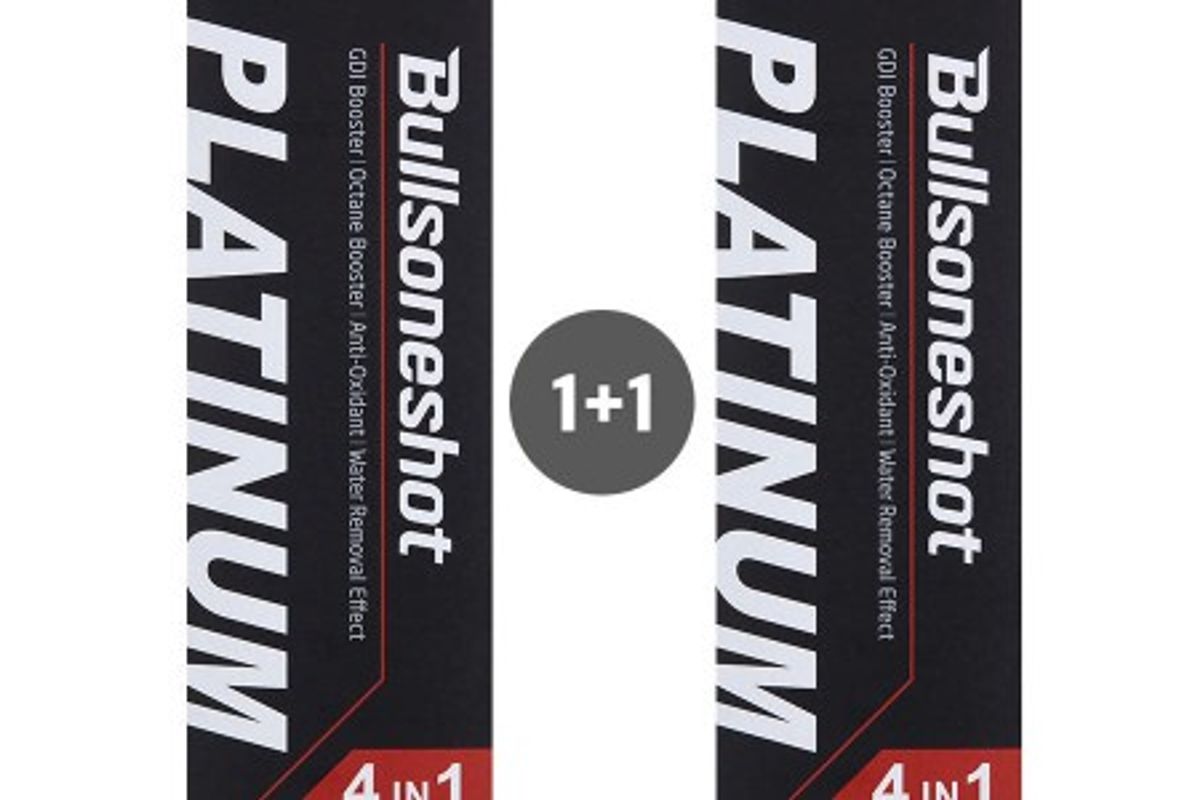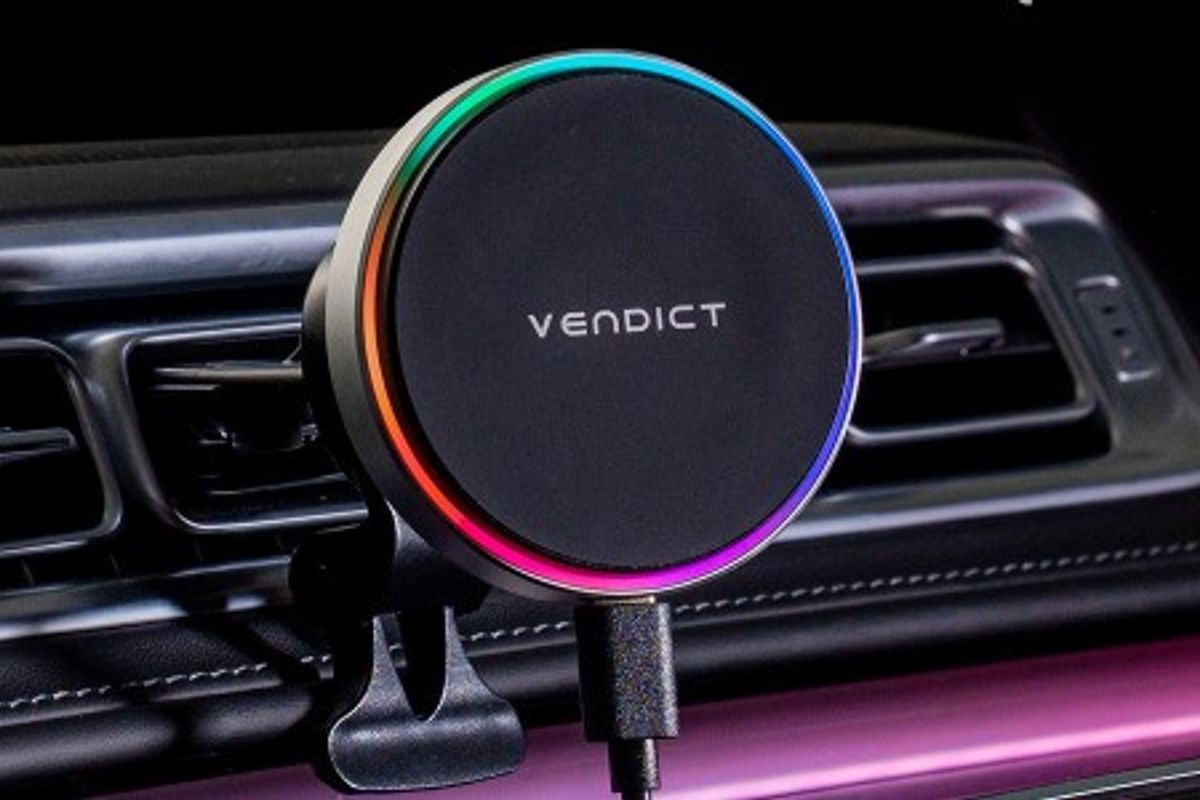This posting is part of Naver Shopping Connect activities, and we receive a commission when sales occur.
● Why is the popular Staria diesel model facing discontinuation?
● The commercial vehicle market is also transitioning to electrification... What is the background behind the suspension of Staria diesel production?
● The shift from diesel to LPG and hybrid is accelerating... Consumer choices are narrowing.
Hello.
I am Uniji (Yuka Post), an automotive influencer.
Hyundai Motor Company has officially announced the suspension of production for its flagship multi-purpose vehicle (MPV), the Staria diesel model, drawing significant attention from the industry. Despite maintaining stable demand in the market, changes in policies surrounding diesel vehicles and the shift towards electrification are altering the fate of the Staria diesel.
Why is production halting despite the popularity of diesel?
Why is production halting despite the popularity of diesel?
On the 24th, automotive industry sources reported that Hyundai has internally decided to discontinue the Staria diesel model and shared this information with its nationwide dealer network. Dealers have already begun informing customers about the contract closure timeline and stock depletion for the Staria diesel model, effectively marking the start of its discontinuation. The Staria diesel was not just an outdated model; it sold 22,768 units out of a total of 41,094 Staria vehicles sold last year, accounting for 55.4% of total sales, demonstrating its continued popularity.
In contrast, the Staria hybrid model only reached around 8,354 units during the same period. Given these figures, the sudden production halt comes as a shock to both the automotive industry and consumers.
The government regulations and the shift towards electrification have sidelined diesel... What impact will the inevitable discontinuation of the Staria diesel have?
The government regulations and the shift towards electrification have sidelined diesel... What impact will the inevitable discontinuation of the Staria diesel have?
A Hyundai representative stated, "In accordance with the government's direction to reduce diesel vehicles, we plan to halt production of the Staria diesel model. The contract closure date is likely to be moved up from the previously announced end of December to the end of May." They added that the production schedule has shortened due to the suspension of procurement from subcontractor parts suppliers, and some of the remaining stock may be shifted to export rather than domestic sales.
This move extends beyond simple model discontinuation; it aligns with Hyundai's electrification strategy. Currently, Hyundai is reducing or halting production of major diesel vehicles such as the Tucson, Santa Fe, Staria, Porter, and Mighty, while accelerating the transition to hybrid and electric models.
Meanwhile, the Staria diesel has consistently attracted commercial and leisure users due to its high torque powertrain and excellent fuel efficiency. Customers using it for purposes like camping or passenger transport have favored the unique driving performance and fuel economy that diesel offers. With this discontinuation, consumers hoping for a diesel Staria are likely to turn to existing stock purchases or the used car market. As a result, some experts predict that prices for used Staria diesels may rise in the short term.
However, this is likely a temporary phenomenon, and future demand will naturally shift towards ▲LPG ▲hybrids ▲electric vehicles (EVs). However, LPG models have limitations in terms of load capacity and driving performance compared to diesel, and hybrid models are still facing supply issues, making them less viable as short-term alternatives.
After the discontinuation of the Staria diesel... Will hybrids and competing MPVs benefit? Interest in imported vehicle alternatives is also rising.
Despite the supply challenges, the Staria hybrid (HEV) is poised to be the first model to benefit from the Staria diesel's discontinuation. Hyundai plans to gradually increase the share of hybrid models, particularly the Staria hybrid, which boasts a 1.6 turbo hybrid system, emphasizing high fuel efficiency and quiet operation.
Meanwhile, in the premium MPV market, the Toyota Sienna hybrid is emerging as a new alternative. The Sienna operates exclusively as a hybrid across all models, featuring a 2.5-liter naturally aspirated hybrid system and an all-wheel-drive option, making it a suitable choice for large family vehicles or high-end shuttle services. However, its starting price is around 60 million won (approximately $45,000), which is higher than the Staria or Carnival, creating a higher entry barrier. Still, amid the discontinuation of domestic diesel MPVs, there is a possibility of a long-term shift towards premium demand.
As a result, with diesel vehicles, including the Staria diesel, exiting the automotive market, consumer choices are increasingly narrowing towards 'electrification,' which is disappointing. However, on the flip side, the discontinuation of the Staria diesel signals not just the end of a single model, but a shift in the MPV market landscape. The automotive industry is keenly watching which model will fill the void left by diesel vehicles. We appreciate your valuable opinions in the comments, and we hope you have a joyful and happy day. This concludes the post.
#StariaDiesel #StariaDiscontinuation #DieselVehicleDiscontinuation #MPVMarket #StariaHybrid #HyundaiStaria #HyundaiMotorCompany #NewCarNews #Automobile #Uniji #AutomobileIssues #AutomobileNews
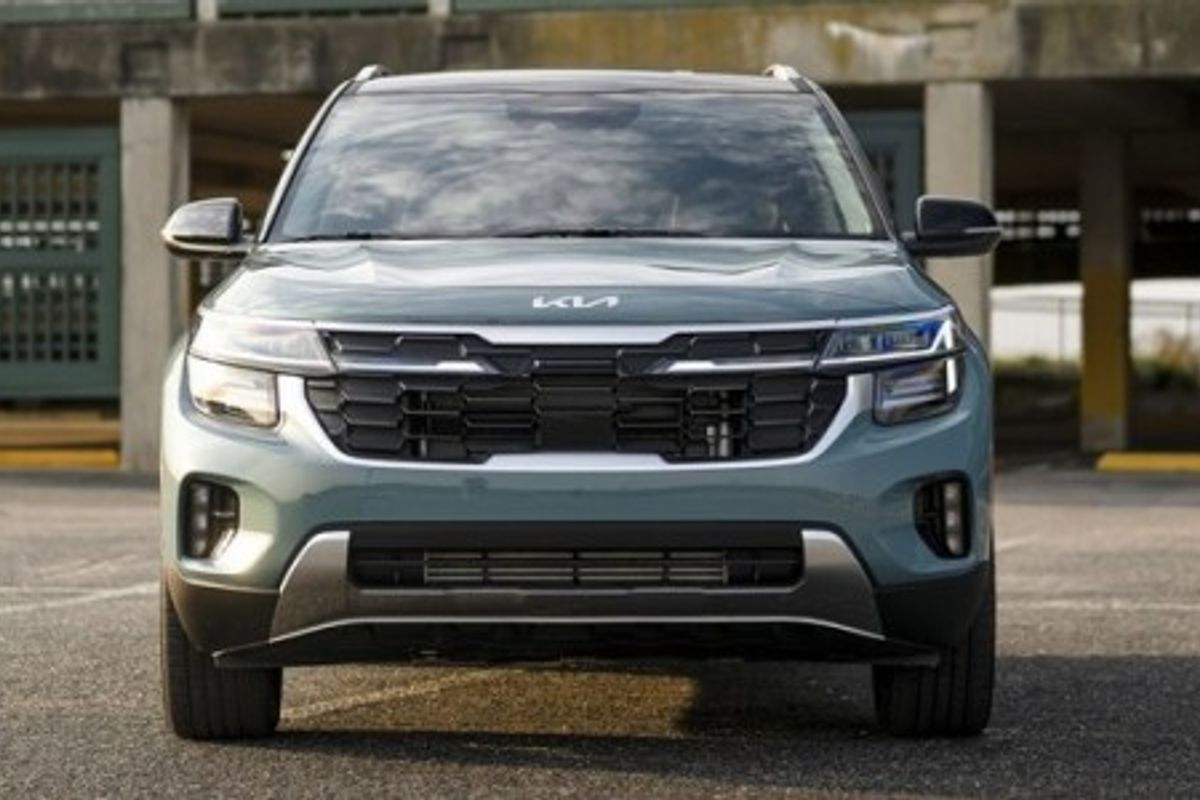
● The top-selling compact SUV Seltos strengthens its appeal with this facelift... Will the hybrid come next? ● Expectations for a full change of the Seltos this year are dashed... Instead, Hyundai responds with upgrades to interior features and design. ● Consumers waiting for the Seltos hybrid are confused... The launch date is likely in the first half of next year.

● Receive up to $5,000 off when purchasing the Ioniq 5 or 6... The actual purchase price drops significantly to the low $30,000s. ● Both electric and internal combustion vehicles are eligible for discounts... Hyundai runs a limited-time special promotion in May. ● A wealth of prize events for vehicle purchasers and showroom visitors also takes place.
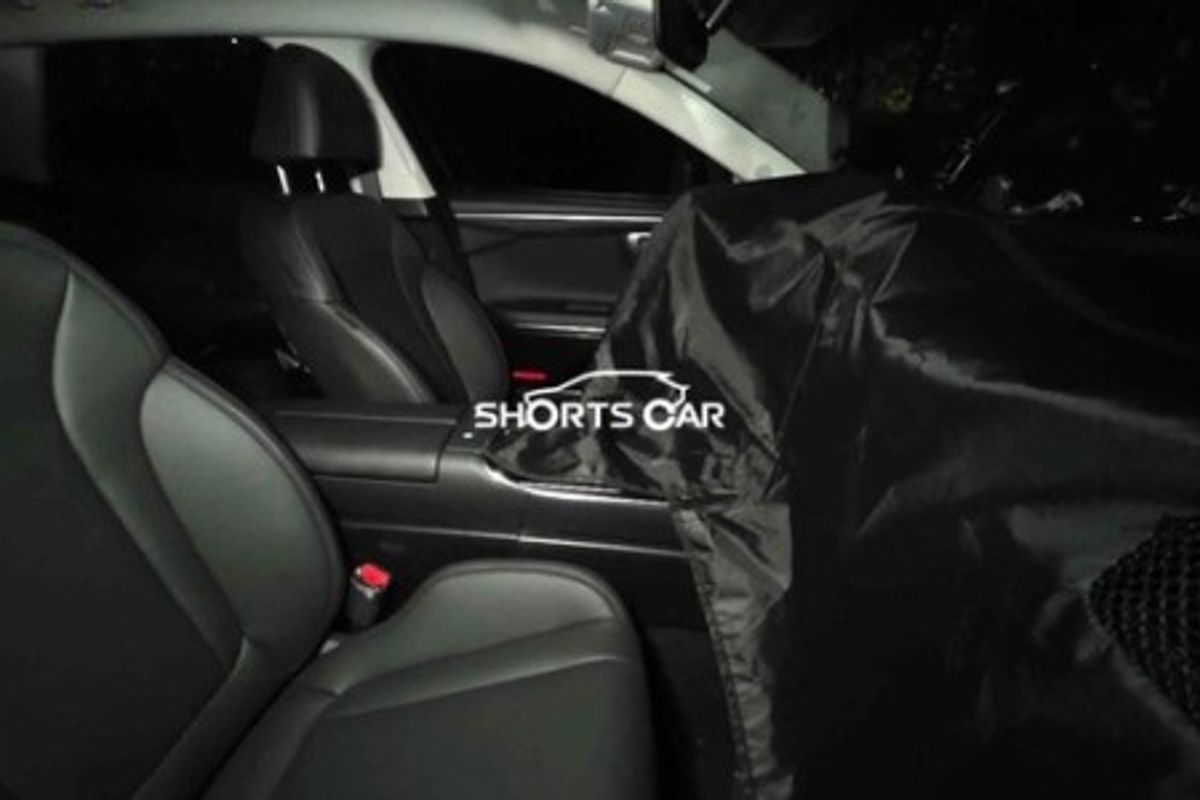
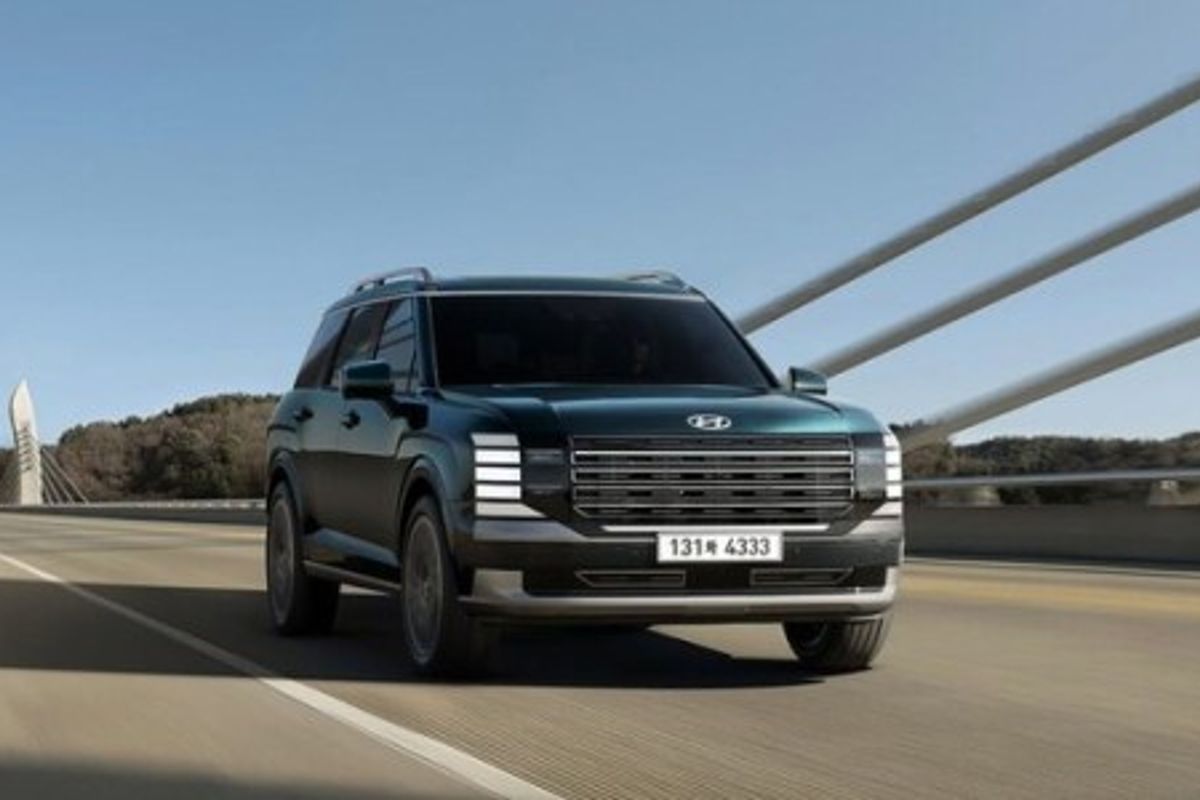
● After six years, the Palisade Hybrid finally emerges with a significant transformation. ● The 'people's SUV' approaches 1 million units, heralding a second golden age with its hybrid model. ● Fuel efficiency is a given, now it sets a new standard for large SUVs with increased power. The hybrid vehicle has firmly established itself as a trend in the automotive market.
